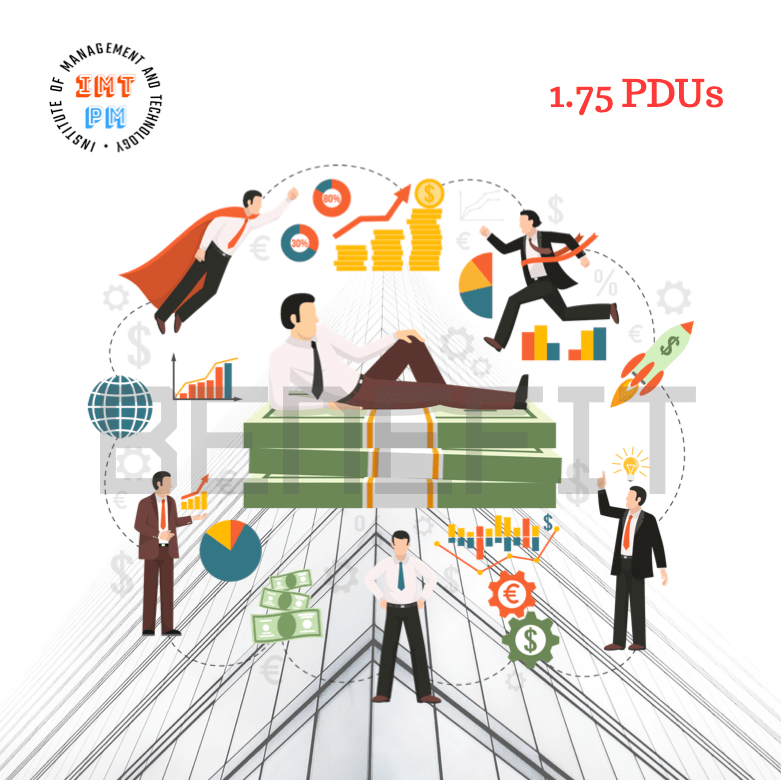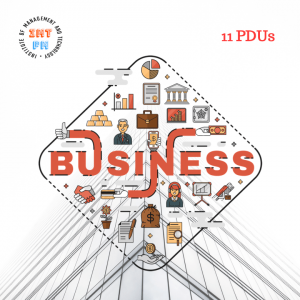Description
🌟 Provided by PMI® A.T.P. #4760. 🌟 Earn 1.75 PDUs Upon Course Completion. 📚
The course will benefit individuals and organizations interested in Benefits Realization Management. It will especially help PMO leaders and project/program/portfolio managers across industries.
This course provides:
- A diverse collection of both long-established and recent concepts and practices, defined and explained by experienced Benefits Realization Management practitioners.
- General guidance on how these concepts and practices could be used to improve the effectiveness of Benefits Realization Management.
Course information on PMI®: https://ccrs.pmi.org/search/course/536318

Course Outline
Chapter 1: AN INTRODUCTION TO BENEFITS REALIZATION MANAGEMENT
The concept of portfolios, programs, and projects delivering value through benefits realization management (BRM) can be traced back to the logical framework approach (LFA), developed in 1969 for the U.S. Agency for International Development. LFA is a methodology mainly used for designing, monitoring, and evaluating international development projects.
Chapter 2: BRM AND ORGANIZATIONAL CONTEXT
This chapter describes foundational terms, concepts, principles, critical success enablers, and roles and responsibilities. In addition, it gives an overview on the topics of organizational strategy and benefits, benefits and requirements traceability, benefits categorization considerations, and benefits measurement.
Chapter 3: BRM FRAMEWORK
The BRM framework is an integrated set of governance and management practices designed to define, develop, deliver, and sustain planned benefits derived from the outputs of portfolios, programs, and projects. It includes a life cycle structure, key activities with associated roles and responsibilities, and depicts their general relationships. The BRM life cycle component of the framework is expressed in the stages of Identify, Execute, and Sustain.
Chapter 4: GUIDANCE FOR PORTFOLIO, PROGRAM, AND PROJECT MANAGEMENT IN A BRM CONTEXT
This chapter offers guidance to portfolio, program, and project managers, as well as business analysts, on what actions and practices support and enhance engagement of their respective domains with BRM life-cycle activities.






Reviews
There are no reviews yet.